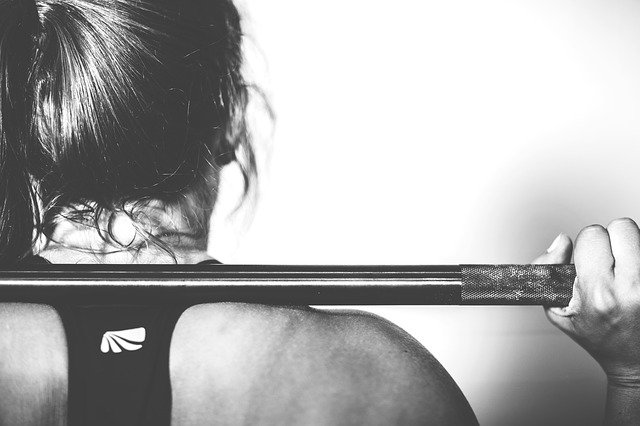Strength training requires planning and periodization, just like running. Learn how to optimize strength training to get the best possible benefits from your efforts!
“Strength training” is a broad concept that can mean a variety of things, ranging from bodyweight workouts to lifting heavy in the gym. So which type of strength work will benefit you the most?
All of it!
But don’t panic… This doesn’t mean you have to spend hours in the gym away from your true love: running. While strength work can be approached in many different ways, it all starts with consistency. Short, consistent workouts will benefit you far more than infrequent doses of long, hard efforts.
Learning how to schedule your strength work over the course of each training week and throughout your race season can take some planning. If you’re willing to make strength training a part of your routine, then you’ll want to plan it in a way that maximizes your benefits.
How to Optimize Strength Training
This week’s episode features an interview from the Elevate Your Running Podcast, where the tables were turned and I was the guest. Our discussion focused on the topic of weight training for runners, including the importance of embracing strength training and the qualities of an effective training plan.
Coach Sara Manderschied and Austin Meyers are the podcast hosts who seek to elevate your training and encourage you to show up as the best version of yourself in your running and your life. Strength training is one of many ways we can show up to be the strongest version of ourselves.
My conversation with Sara and Austin dives into the nitty gritty decisions we make around how we plan strength training, and how to make it sustainable, and more tips on how to optimize strength training for running. We focus on:
- Barriers that prevent runners from getting into weightlifting
- Proactive ways to prevent injury with strength work
- Similarities and differences in strength training for a 5k runner and marathoner
- The role of strength training in muscle activation
- How to periodize weight training alongside your running
- Minimizing the impact of DOMS on your training
Enjoy my discussion with Sara and Austin! And don’t miss our free strength course here.
Subscribe to the podcast in Apple Podcasts, Spotify, Stitcher, iHeartRadio, or Google Play.
Links & Resources from the Show:
- Check out the Elevate Your Running Podcast
- Let Strength Running help you get stronger
- Get more of your weightlifting questions answered
- Learn more about Coach Sarah
- Join our flagship weightlifting course
Thank You Athletic Greens!
Thank you to our sponsor, Athletic Greens! They are a health and wellness company that makes AG1. This is a category-leading greens mix that has 75 vitamins and minerals, prebiotics, probiotics, antioxidants, and adaptogens.
One scoop per day is what I’ve been doing to help me fill in any nutrition gaps in my diet. It also provide a nice boost of energy and focus throughout the day. With all 3 of my kids in school, I know I need to support my immune system or else I’m getting sick and can’t train.
I also love that AG1 has changed over the last decade. Athletic Greens has made 53 improvements to the formula based on the latest research to make these nutrients more absorbable.
For our listeners, they are offering a year’s worth of free Vitamin D and 5 free travel packs of AG1 with your first purchase. You can sign up for single shipment or for a monthly drop – the choice is yours. Check out Athletic Greens to redeem your offer today.
Thank you Elemental Labs!
A big thanks to Elemental Labs for their support of this episode! They make electrolyte drinks for athletes and low-carb folks with no sugar, artificial ingredients, or colors. And you can get a free sampler pack of 4 flavors and 8 individual packets when you pay $5 in shipping.
Elemental Labs’ products have some of the highest sodium concentrations that you can find. Anybody who runs a lot knows that sodium, as well as other electrolytes like magnesium and potassium, are essential to our performance and how we feel throughout the day.
The citrus flavor has quickly become my favorite. I’m drinking one a day now to help me get enough fluids in our dry Colorado air. It’s tasty and delicious and I find that I’m not peeing every 45 minutes throughout the day, which might be an indication I wasn’t eating enough sodium.
There’s now mounting evidence that higher sodium intake levels are not unhealthy – and athletes need substantially more than your typical sedentary person. Of course, ask your doctor if you’re worried. But for those athletes running outside in the heat, an electrolyte replacement makes a lot of sense. So check out Elemental Labs to try their new flavor or get a free sampler pack.
